Watercolor on paper, signed lower left.
29 x 35,5 cm
Provenance:
Madame Henri Manguin, Saint-Tropez, 1949
Private collection, South of France.
Certificate of authenticity issued by Madame Claude Holstein Manguin, granddaughter of the artist, will be included in the catalogue raisonné of watercolors currently in preparation.
HenriManguin, the pacified Fauve
“In each ofManguin's paintings, it is midday, the light sings, gliding over calm water,blossoming flesh, open flowers, or ripe fruit; it is the exact moment ofpresent happiness.” Pierre Cabanne
HenriManguin was one of the early Fauves, represented in the outrageous room of the1905 Salon d'Automne by five of his paintings, whose evocative titlesforeshadow themes that would occupy him throughout his life. La Sieste (TheNap), Sur le balcon (On the Balcony), Sous les arbres (Under the Trees), Leschênes lièges (The Cork Oaks) and Le pré (The Meadow) are all promises of alandscape that is omnipresent in a body of work that does not neglect therepresentation of humans.What isimmediately striking in Manguin's paintings is his way of treating the outdoorsas if it were indoors. More precisely, without detracting from the wildnessthat characterizes the landscapes he depicts, the painter allows his models toevolve more comfortably than in any interior. The boundary between inside andoutside thus disappears in his art in the simplest and most skillful waypossible.
He owes this possibility of a door constantly open to the landscapeto the mild climate of the South of France, or more precisely to the skies ofSaint-Tropez, where, after staying there for the first time in 1904, he settledfrom May to October the following year at Villa Demière with his wife Jeanneand their children. His friend Albert Marquet joined him there.InManguin's paintings, the landscape appears lush, even primitive, but neverwild. It is intended to be a reassuring evocation of a rediscovered Eden, whichat that time was a recurring theme for many painters, such as Henri Matisse,Pierre Bonnard, Paul Signac, Edmond Cross, and others. We can also see,particularly through the attachment he reveals for his models, the fullness ofmarital and family happiness. The difficulty for the master, throughout hisresearch, was to “harmonize.” Not only to harmonize bodies with nature, butalso to harmonize the rendering of pictorial expression with the emotions felt.Finally, he sought to harmonize the colors on the canvas. He did not seek thisbalance in tones according to academic precepts, but according to personal andinnovative concepts, which did not exclude the juxtaposition of certainstridencies. These were gradually attenuated by the increasingly frequent useof areas of violet, which he assigned the role of binding agent in thecomposition.As with hispeers, whose convictions had been forged in Gustave Moreau's studio a few yearsearlier, contrasting tones were the order of the day. Each artist, in their ownway, assigned a new role to color. In Manguin's work, the rigor of constructionborrowed from Cézanne (whose 1895 retrospective at Vollard's had made a greatimpression on him) is combined with the use of bold colors and a simplificationof forms that never goes so far as to distort them. These elements servecompositions that give pride of place to the artist's sensitive view of theworld.Manguin'spainting is more emotional than intellectual in nature. Few writings, apartfrom correspondence with his painter friends, bear witness to the artist'sreflections on his journey, which was much more instinctive than spiritual. Theemotion born of observing nature, where the flesh of the models melts away,seems to govern what the artist projects onto the canvas.
By 1906, he wasalready enjoying success with dealers and collectors. Ambroise Vollard bought142 paintings from him that year, as well as pastels and drawings, while thefollowing year, Bernheim-Jeune acquired a collection of paintings and drawingsand the Druet gallery offered him a solo exhibition.Manguintraveled: with Henri Matisse he discovered Collioure, and with Albert Marquet,Italy.
From the 1910s onwards, he regularly visited Switzerland, where hebecame close to a famous couple of collectors who particularly appreciated hiswork, the Hahnloser-Bühler family. He spent his life with his family, betweenParis and the South of France, where he felt at home and enjoyed working, inSaint-Tropez and Sanary. After the Fauve movement, he left the avant-garde fora more nuanced aesthetic. He kept his distance from the emerging trends andcontinued his research on the fringes of Parisian artistic life, with aconsistency that did not exclude constantly renewed emotion. Despite thisrelative distance, dealers and collectors continued to champion his work, andthe artist remained in contact with his painter friends, especially AlbertMarquet, with whom he maintained a lifelong relationship of sincere affectionand artistic emulation.
Discover more of this artist's works on the gallery's website: https://www.galeriepentcheff.fr/fr/peintre-henri-manguin


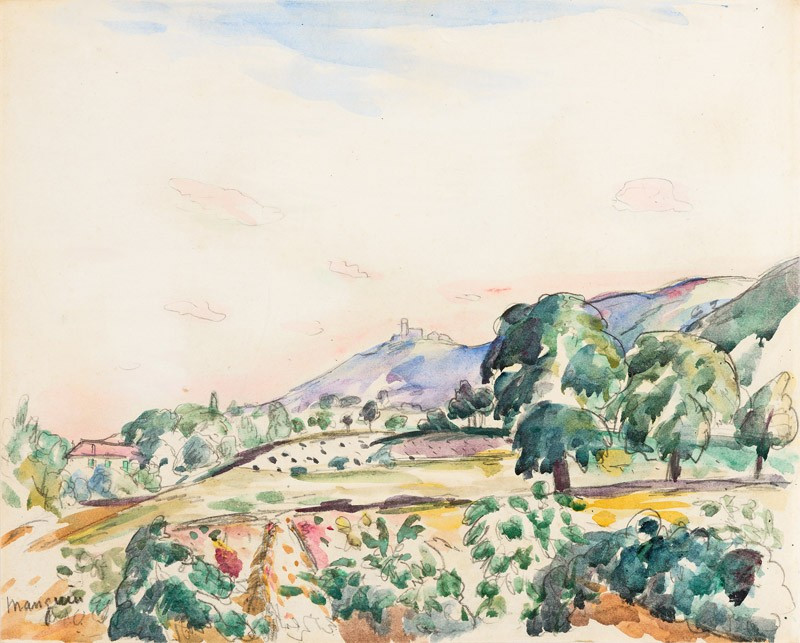
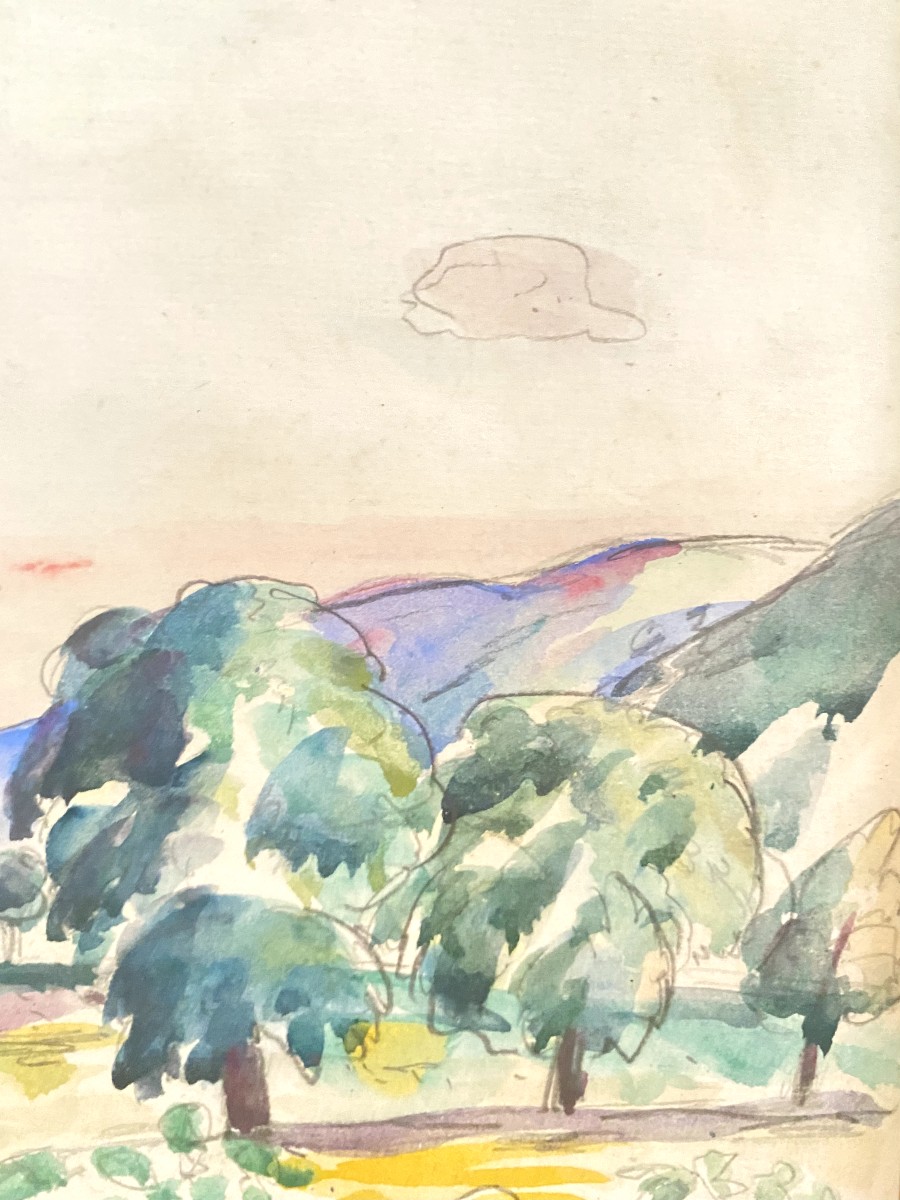

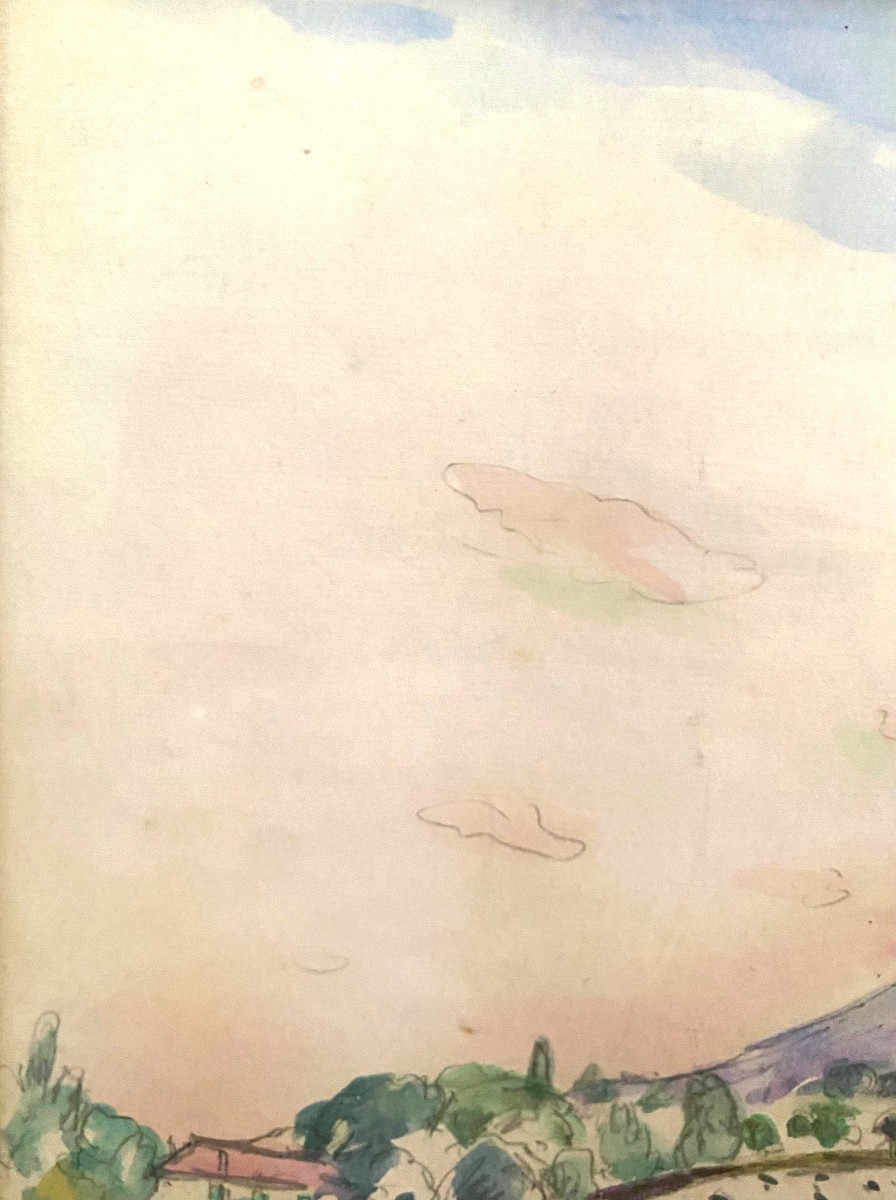
















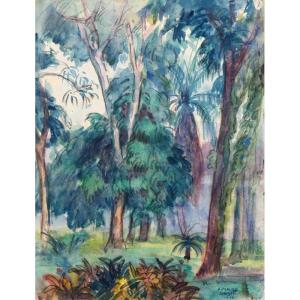


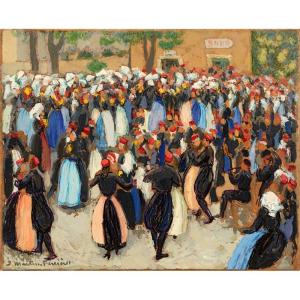


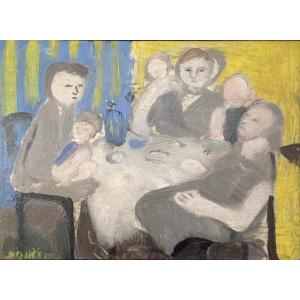









 Le Magazine de PROANTIC
Le Magazine de PROANTIC TRÉSORS Magazine
TRÉSORS Magazine Rivista Artiquariato
Rivista Artiquariato